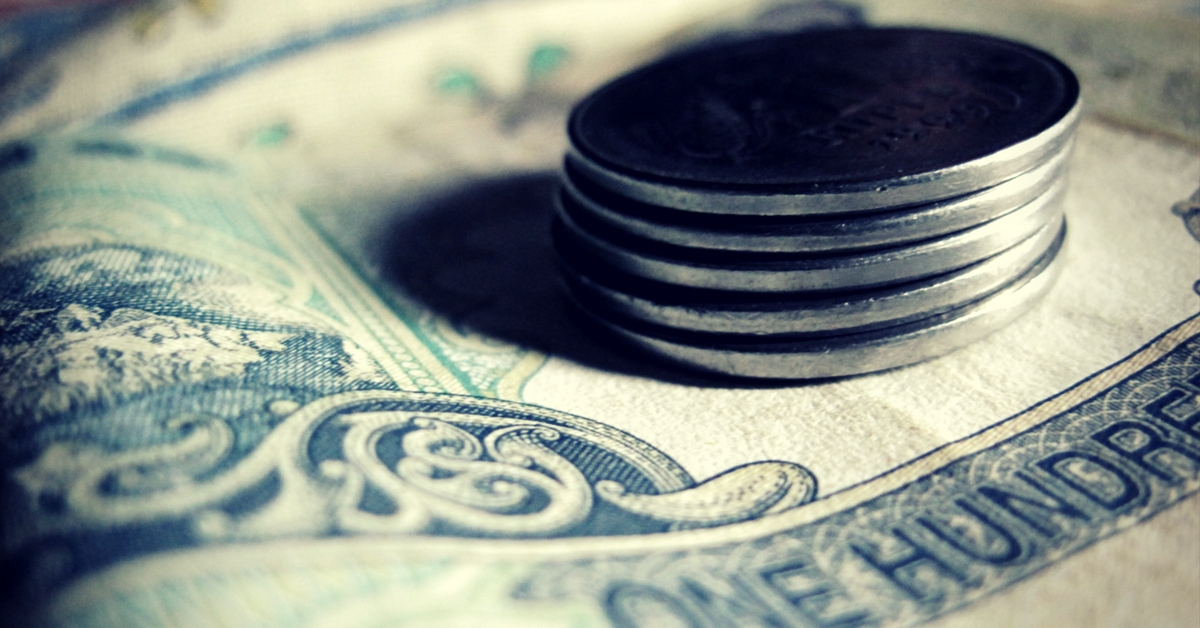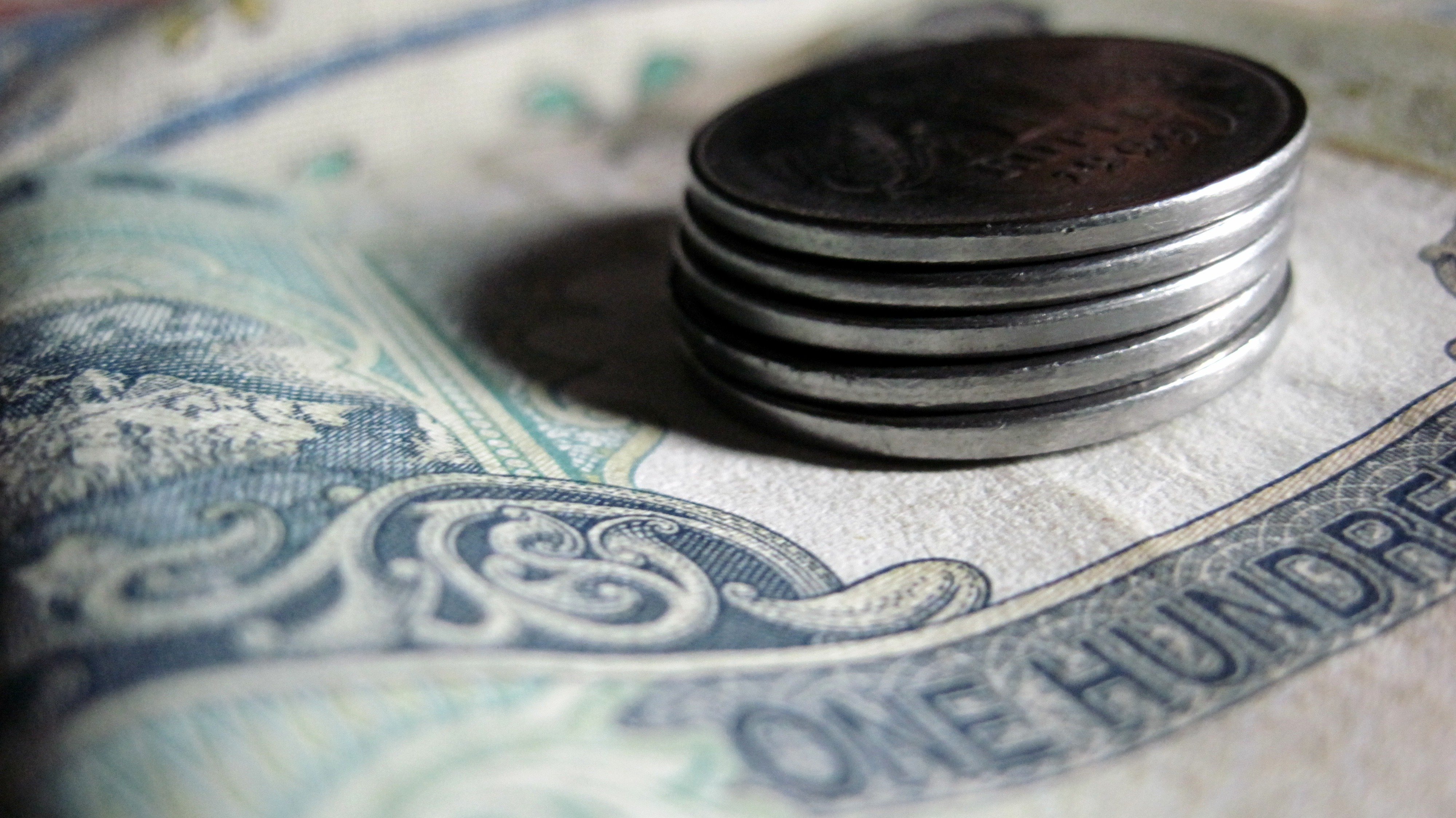₹200 Notes to Debut Soon? RBI Has Begun Printing Them!
The new bills are reported to carry advanced security features to prevent counterfeiting.

Seven months ago, demonetisation struck India, where old ₹500 and ₹1,000 currency notes became redundant. Long queues outside ATMS and moving to cashless transactions followed. Receiving a mixed response, the rationale behind the move was claimed to combat black and counterfeit money in Asia’s third-largest economy.
In a brand new remonetisation move, after the new ₹500 and ₹2,000 notes, the Reserve Bank of India has started printing ₹200 bills to make consumer transactions easy.

According to an Economic Times report, the RBI placed an order for ₹200 notes, a few weeks earlier, and the notes are being printed at a government-owned facility. The feature the bills are reported to carry include advanced security to prevent counterfeiting.
“For day-to-day transaction purposes, the introduction of 200 rupee notes will add to the ease of operations,” Soumya Kanti Ghosh, group chief economist at the SBI Group, told ET.
Before November 8, roughly 1,650 crore pieces of Rs 500 notes were in circulation, according to data from the State Bank of India research. With the scrapping of those series, a jarring gap manifested itself in the value of notes in circulation.
Read more: This Odisha Teen Generates Electricity From ₹ 500 Notes, Putting Them to Use Post Demonetisation!
Demonetisation resulted in the withdrawal of ₹500 and ₹1,000 currency notes that estimated 86% of the cash in the country or ₹17.9 lakh crore. On June 9, 2017, the currency circulation with the public is at Rs 14.6 lakh crore, which is still 18.4% lower than the pre-demonetisation level.
“A minor part of that has been replenished by ₹2,000 notes and a larger part by the new ₹500 notes, though not in full. The introduction of ₹200 notes will replenish the missing middle, triggered by the withdrawal of the old series of ₹500 notes,” said Ghosh.
Reportedly, the printing of currency is done in the government-run Security Printing and Minting Corporation of India Ltd or at printing presses in Mysore (Karnataka) and Salboni (West Bengal), managed by the RBI-owned Bharatiya Reserve Bank Note Mudran Private Ltd.
The notes are going through different levels of security and quality checks at the government’s press unit at Hoshangabad (Madhya Pradesh), reported ET.
Like this story? Or have something to share?
Write to us: [email protected]
Connect with us on Facebook and Twitter.
NEW: Click here to get positive news on WhatsApp!
If you found our stories insightful, informative, or even just enjoyable, we invite you to consider making a voluntary payment to support the work we do at The Better India. Your contribution helps us continue producing quality content that educates, inspires, and drives positive change.
Choose one of the payment options below for your contribution-
By paying for the stories you value, you directly contribute to sustaining our efforts focused on making a difference in the world. Together, let’s ensure that impactful stories continue to be told and shared, enriching lives and communities alike.
Thank you for your support. Here are some frequently asked questions you might find helpful to know why you are contributing?


This story made me
-
97
-
121
-
89
-
167













